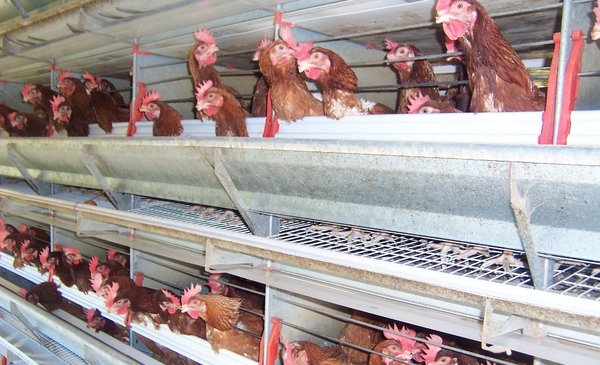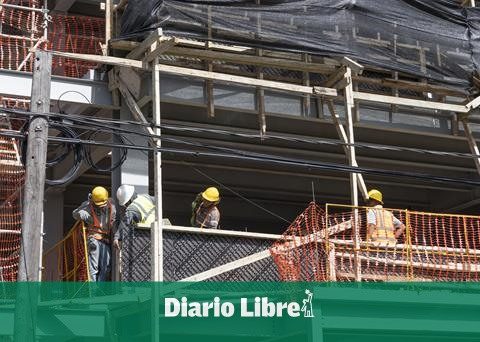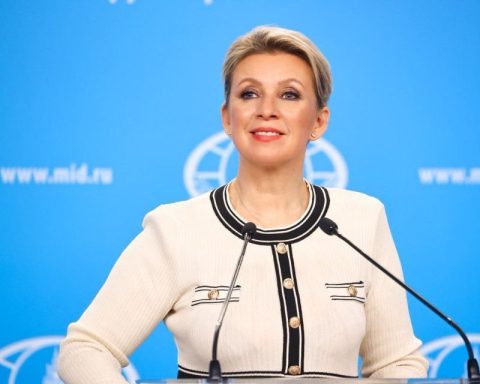This measure arose within the framework of a meeting between the ministry and the Agricultural Emergency Committee.
Nicolás Chiesa, head of the MGAP General Farm Directorate, reported this to The Observer and stressed that although the damage count has not been completed, Until this Monday the producers had declared 200 thousand deaths.
As has been evaluated, the highest number of deaths occurred in the laying hen category. on some farms the losses of these egg-producing animals reach 50%, he indicated.
In the case of birds destined for meat production, the losses are much lower, between 1 and 5% in some establishments.
they were not prepared
The difference in the magnitude of the damage occurred because laying hens are more resistant to heat and producers usually have fewer precautions in terms of ventilation, access to cold water, the roof and the regulation of the loads in the cages, he explained.
“The producer was not prepared for this to happen,” he stressed.
In the last few hours, Chiesa visited several establishments in Canelones and, according to what he said, the losses “are serious.”
Yesterday afternoon we went out with @nchiesa and colleague Pablo González from the @IdCanelones tour of poultry producers affected by the heat wave of recent days. Huge sadness to see the damage, great mortality of laying hens in full production. Follow thread. pic.twitter.com/q0KLmwjHBK
— Ing.Agr.NataliaMartinez (@IngAgrNataliaM1) January 16, 2022
Regarding poultry for meat production, he indicated that since there have been losses in the past, the producers were better prepared for the occurrence of these adversities.
One before and one after
“The situation is serious, some producers agree that something like this has never been seen”, commented Chiesa, detailing that the monetary losses are great, Taking into account that each bird in production is currently valued between US$5 and US$7.
“There are between US$60,000 and US$70,000 in losses in some cases. It was great, it marked a before and after in egg production,” he added.
Once the emergency is officially declared, once Minister Fernando Mattos signs the document, poultry producers will be able to access financial aid, as subsidized credits, to recompose their productive matrix.
After the massive loss of animals it is expected that egg production will decrease and, consequently, on the one hand there will be a lack of baby chicks for meat production and there will be fewer eggs for consumption in society, therefore prices are expected to increase.
In the case of poultry meat, Chiesa said that no major problems are expected because the industry has a high stock “and can regulate the time of slaughter or slaughter smaller chickens, so they have a greater margin of action.”
The director of Rural Development, Carlos Rydström, for his part, indicated that For the sector, this situation is complex because “there is significant informality”. As he pointed out, many egg producers do not have a Dicose declaration for their hens, which makes it more difficult to account for losses. For this issue, representatives of Poultry Health of the Directorate of Livestock Services of the MGAP were present at the meeting.

















